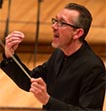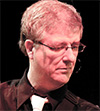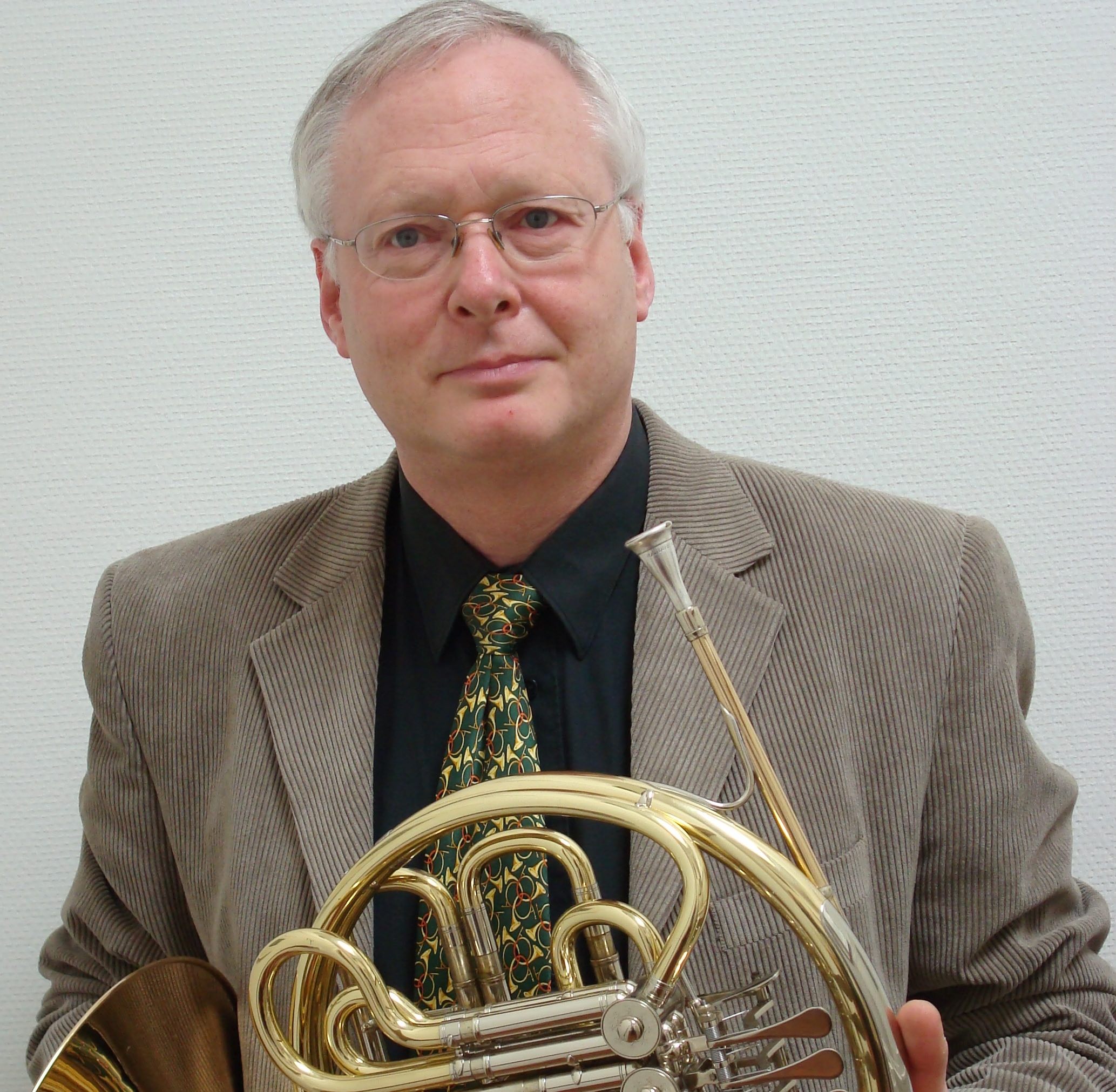Graupner Complete Editions
Score | Partitur & Parts | Stimmen
GWV 301 Concerto in C major for Bassoon, Strings and Basso continuo
Score | Partitur
Parts | Stimmen
Piano reduction | Klavierauszug
GWV 307 Concerto in C minor for Bassoon, Strings and Basso continuo
Score | Partitur
GWV 328 Concerto in G major for Bassoon, Strings and Basso continuo
Score | Partitur
GWV 340 Concerto in Bb major for Bassoon, Strings and Basso continuo
GWV 453 Overture in G major “Entrata per la Musica di Tavola” for Strings and Basso continuo
Score | Partitur
Parts | Stimmen
GWV 559 Symphony in Eb major for 2 Horns, 4 Timpani, Strings, and Basso continuo
Score | Partitur
Parts | Stimmen
After a long and intensive phase of preparation, the time has come: The first volumes of the scientific-practical series with selected works by Graupner, published by the Christoph-Graupner-Gesellschaft (Ursula Kramer) in conjunction with Cydonia Editions Gent (Florian Heyerick) and distributed by the publishing house Golden River Music, have been published and are presented here for the first time.
The most important musician of the Landgraviate of Hessen-Darmstadt in the eighteenth century was Christoph Graupner. Born in 1683 in Kirchberg, Saxony, he came to the residential town of Darmstadt in 1709, where he initially held the position of vice Kapellmeister. He replaced Wolfgang Carl Briegel as the director of the court Kapelle in 1711. Graupner would actively serve the court Kapelle of Hessen-Darmstadt for 45 years, and despite going blind in 1754, he continued to retain the post of court Kapellmeister until his death in 1760. Graupner’s employment contract from 1709 already specified that he alone was responsible for providing music at the court, both “in and outside of church”, that is, by composing, conducting, and providing accompaniment on the harpsichord. While church cantatas document Graupner’s entire tenure (overall, more than 1450 works are extant), he only seems to have begun writing secular instrumental music in the late 1720s. Extant instrumental works that were, without doubt, composed by Graupner comprise not only 44 solo concertos (with 21 being scored for 1 soloist), but also 85 overture suites, 19 sonatas, and, finally, 112 Sinfonias.
Nach langer und intensiver Vorbereitungsphase ist es so weit: Die ersten Bände der von der Christoph-Graupner-Gesellschaft (Ursula Kramer) in Verbindung mit Cydonia Editions Gent (Florian Heyerick) im Vertrieb des Verlags Golden River Music herausgegebenen wissenschaftlich-praktischen Reihe mit ausgewählten Werken Graupners sind erschienen und werden erstmals der Öffentlichkeit präsentiert.
Christoph Graupner ist der bedeutendste Musiker der älteren Residenzgeschichte der Landgrafschaft Hessen-Darmstadt. Geboren 1683 im sächsischen Kirchberg, kam er 1709 nach Darmstadt, wo er zunächst das Amt des Vizekapellmeisters bekleidete, bevor er 1711 als Nachfolger von Wolfgang Carl Briegel an die Spitze der Hofkapelle aufrückte. Graupner kam so schließlich auf 45 aktive Dienstjahre in der Hofkapelle von Hessen-Darmstadt; er erblindete 1754, behielt den Posten des Hofkapellmeisters aber nominell bis zu seinem Tod 1760. Bereits im Anstellungsvertrag von 1709 war Graupners Zuständigkeit für die gesamte Musik am Hof, sowohl „in als außer der Kirchen“ geregelt: komponieren, dirigieren und „accompagniren“ auf dem Cembalo. Während Kirchenkantaten für den gesamten Zeitraum von Graupners Engagement existieren (insgesamt sind über 1450 Werke erhalten), scheint die Überlieferung von weltlicher Instrumentalmusik erst Ende der 1720er Jahre einzusetzen. Graupners erhaltenes, definitiv aus seiner Feder stammendes Instrumentalwerk umfasst neben den 44 Solokonzerten (21 für 1 Solisten) 85 Ouverturensuiten, 19 Sonaten und schließlich 112 Sinfonien.
 Nederlands
Nederlands 





